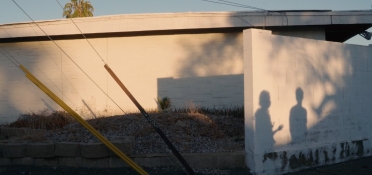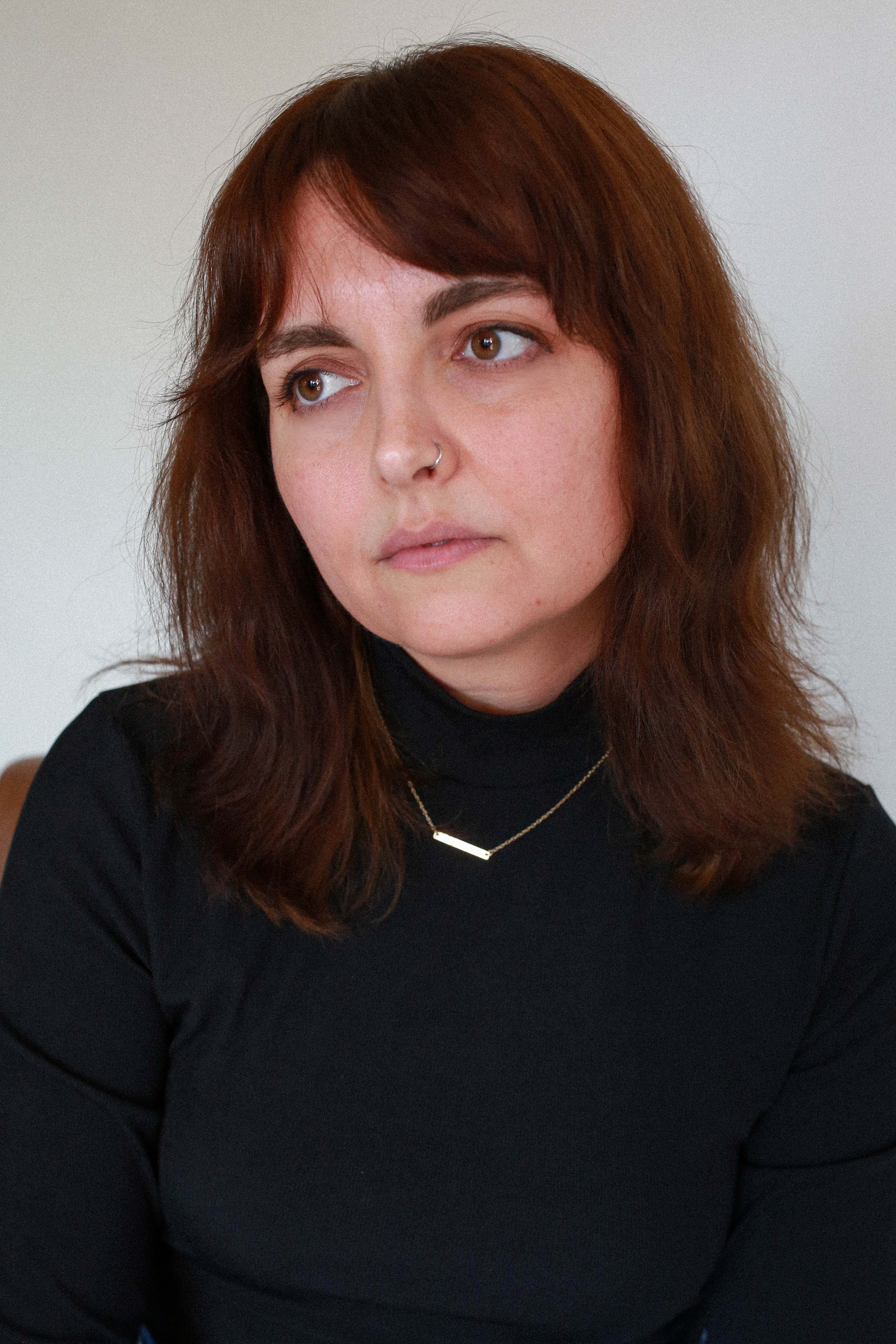He measured things—all things. I pictured that he took a tape out and drew notch to notch from end to end, even though it didn’t work that way. The drawings on paper he laid on the table before us were ideas. The database was building, online.
“What is it for? I asked him. I had seen him, lean and handsome, at a table alone in the bar and I joined him. He was an architect by trade.
“For everything,” he said, serious but smiling. “For the betterment of architecture. For the knowledge of space. For curiosity.”
“Imagine,” he said, “if we could decipher quickly everything in scale—think how our world would change. Think about how much our thinking would change. Think of the time we would gain not having to measure—how much time would go into thinking critically about our use of space.”
I didn’t know what he meant, but I felt his knee touch mine under the table.
He knew approximately how many grizzly bears, lined up tail to nose, would measure the length and width of a semitruck. He knew how many of the bears could fill the interior, packed in tight. He knew approximately many wineglasses measured an American Shorthair cat. Likewise, he knew the average human body—how it would approximately fill a king-sized bed. How the bed would fit two bodies.
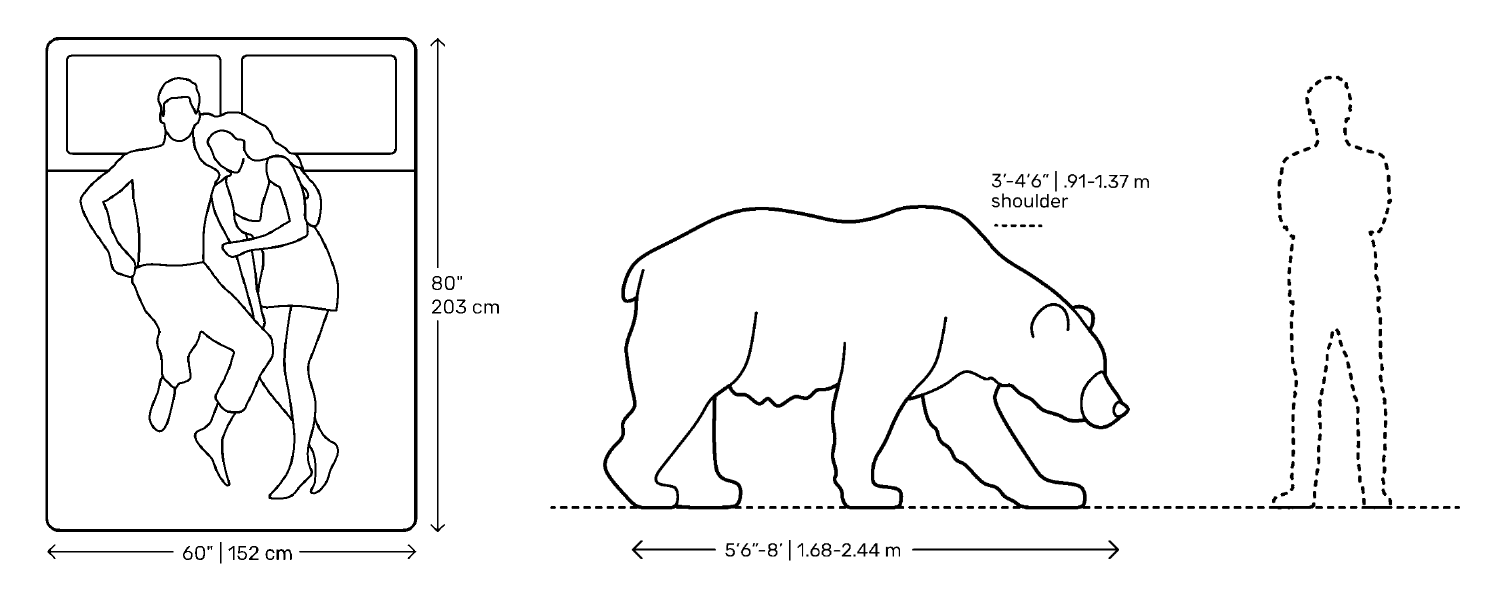
“Approximately,” he said, showing me. It was important not to be exact.
We went to his bare apartment. I examined the notes on his wall. The things to measure next:
- Ocelots
- Treadmills
- People sitting (reclined)
- Kidney-shaped swimming pools
- Type C plug and sockets
- Hand dryers
- 60-degree parking spaces
It was the only decoration, except stacks of books without a shelf, lying on the floor. Architecture, philosophy, and fiction. I picked up Raise High the Roof Beam, Carpenters. I put it down beside me when he placed before me an incredible volume.
“This man started it,” he said. “We call it The Neufert, after the author, Ernst Neufert. He was an architect for the Third Reich. History has forgiven him because of his work, for better or worse. He created The Standard.”
When he opened it, the book was filled with thousands of drawings. The space between people sitting in an opera house. The size of the stage of an opera house, a subset of theaters, a subset of Cultural Venues. A section on the angle of daylight and the shape and measure of shadow.
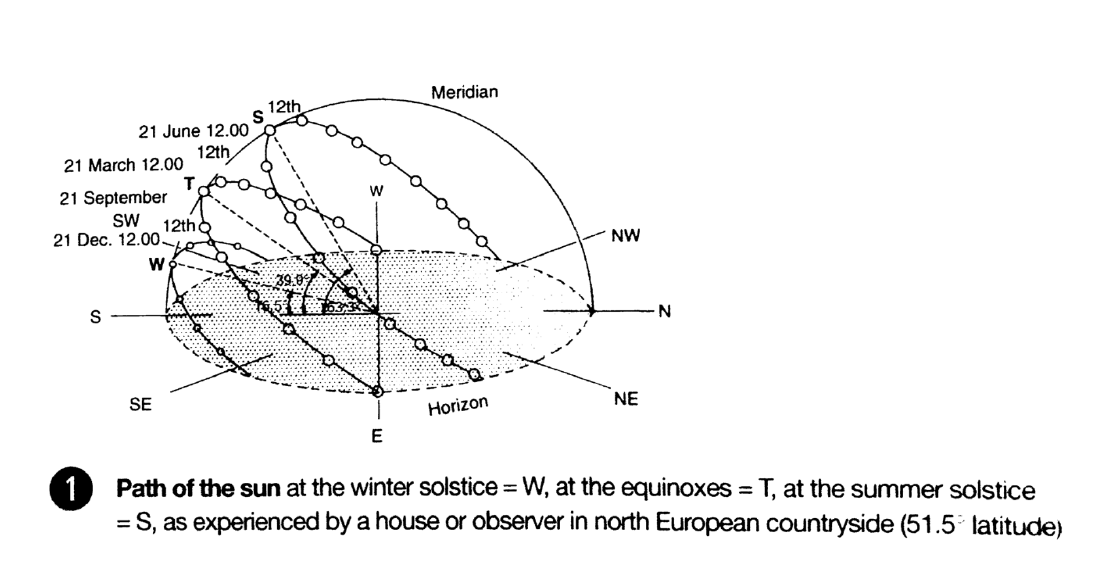
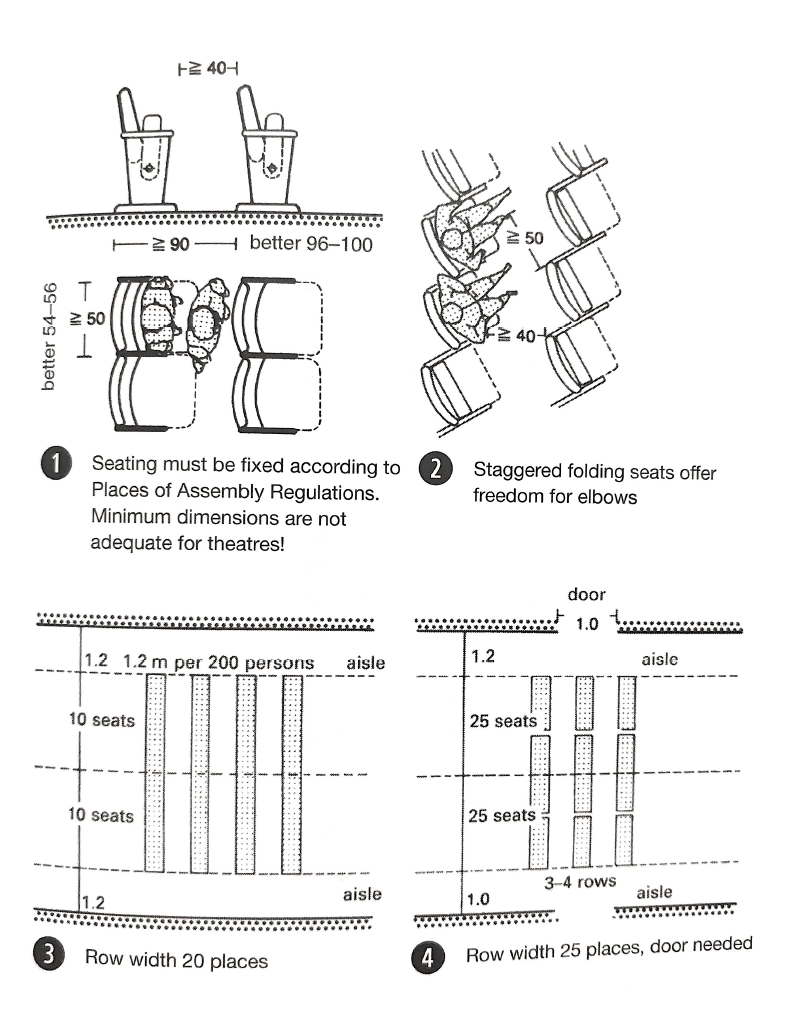
A section on Zoo Enclosures—the safe distance between beast and human, the height and angle of the sightline necessary depending on the particular creature of interest.
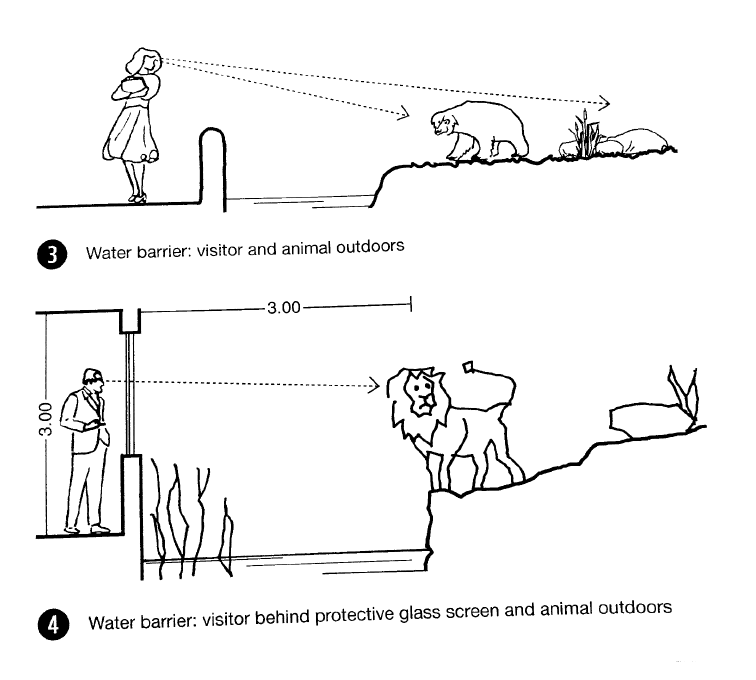
“What I’m doing,” he said, “is picking up where Neufert left off.”
I asked him, “How close are you?”
“To finishing this?”
“No,” I said. “To me.”
He kissed me harder than I expected and just as I needed. We had sex and lay together after, close but not touching, and I tried to guess how far away he was from me—maybe a palm of a human-sized hand. Maybe the palm of his hand. I found myself surprised that the distance felt too far.
“Can you measure this?” I asked him.
He breathed deep and smiled soft. We fell asleep shapeless in the dark.
It was after he made coffee that I asked him to measure me. He took out a tape measure, a ruler, a meter stick. He drew my outline as a sketch, and I watched his eyes as he pinned the tape to the nape of my neck, the slope of my shoulder, hipbone, wrist, and crown with his forefinger. He measured every arc of my middle and backside, breasts, the length of my mouth, the circumference of each of my eyes. When he finished he stepped away and looked at me.
I asked him if he’d measured everything he needed to know. He looked at his drawing and said, pointing to it, “I don’t know what to call this.”
“Call it The Sociologist,” I said. I started to get dressed and I took Raise High the Roof Beam and asked him, “Can I borrow this?”
“Sure,” he said, though we left unsaid whether we would see each other again.
Mating in nature is a numbers game. Female frogs go to the waterside and find a match by the sound of the male croaking. Mating for humans is much the same. Meeting a person who lives and works near you increases the likelihood that you will connect with them. This connection increases how hopeful you’ll become of seeing them again.
I did see him again, days later, walking from a restaurant downtown. A young woman kissed him, and I made distance by avoiding his path, watching him to make sure he didn’t see me. It was the gift of a yellowing elm that allowed me to disappear from sight, my heart in my throat.
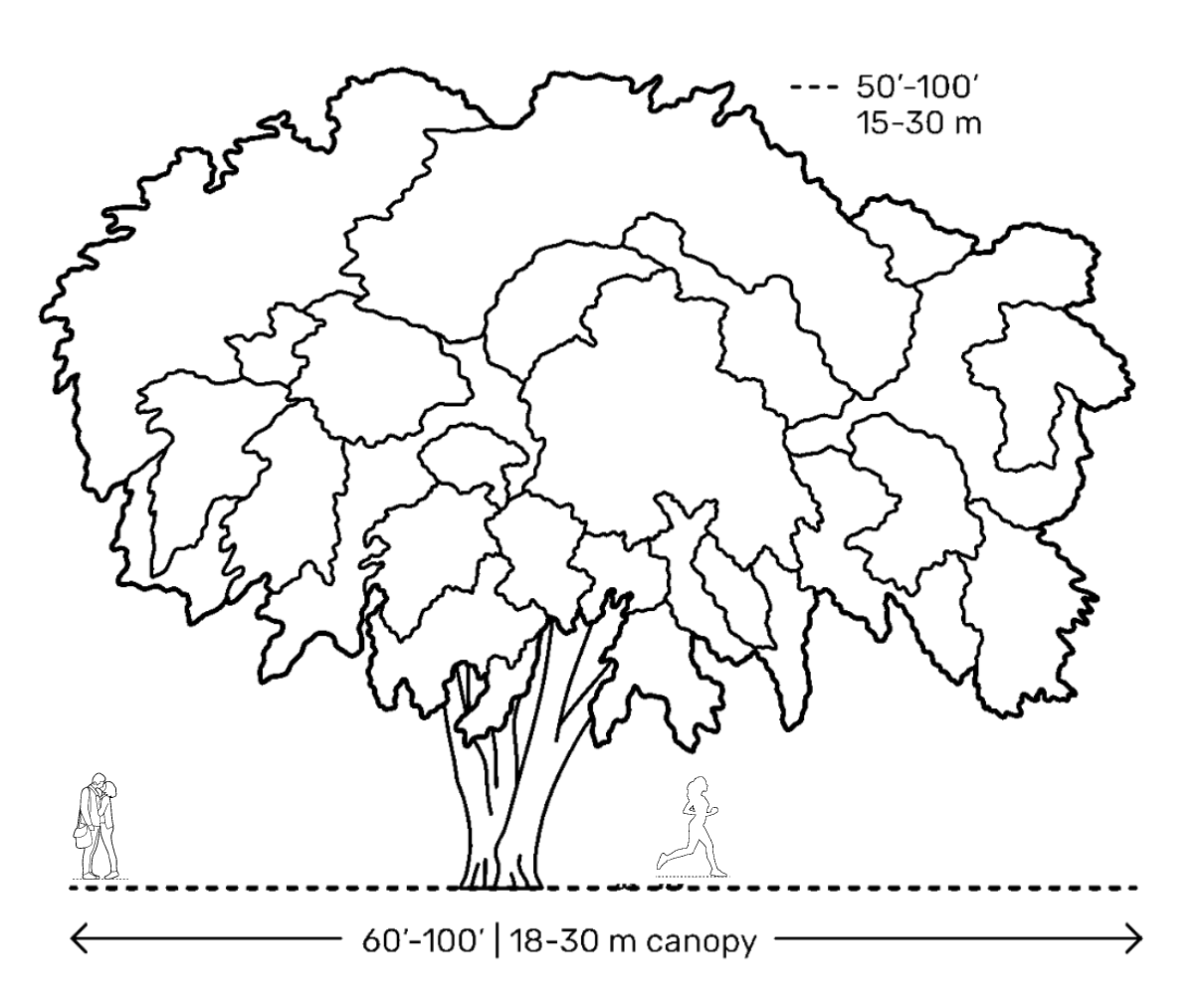
I thought later that night, looking into the street from my apartment, the lights on inside, about what was the angle from which strangers below could undeniably see me. A silent experiment. I counted twenty as they passed. The twenty that chose to look away.
In the spring he saw me outside reading at a cafe. He ordered coffee, and I invited him to sit with me. “I’ve been researching closeness,” I said to him. “Not just the proximity of it, but the feeling of it.”
He blew the steam from the coffee and nodded. “That’s what I’m not good at,” he said.
“Propinquity,” I said, “is the state of nearness. How the environment we live in—how the proximity of others or their likemindedness affects who we fall in love with, who we become friends with, and so on.
“Kinship,” I went on. “It’s a form of propinquity. Statistics. The nearer you are to someone, and the more frequently, the more likelihood you are going to like them and identify with them.”
He drank from his cup and said, “I’m leaving. The database is taking off. It’s getting close to sell. It’s time to start my own firm. New York, likely.”
I went on.
“More fascinating is that I was reading that humans share 98 percent of our DNA with chimpanzees, but we cage them, poison them, torture them. It’s frightening—both the likeness and the cruelty. Unimaginable, but palpable. Likeness, nearness—both a builder and a destroyer. Think of Israel. Syria. Ukraine.”
“Did you hear me?” he asked.
“Yes,” I said. I asked him, “Do you remember the last time we were together, we also had coffee?”
Avoiding my eye, he said, “I noticed you cut your hair.”
That night we lay in his bed, fully dressed, in his apartment. The furniture wasn’t his, so it stayed untouched. The books were still on the floor, preparing to be boxed. The notes were gone from the walls, piled neatly. We lay a half-palm apart from one another, and I remembered the book. I took it from my bag and passed it to him after inhaling the scent of the soft-edged pages a last time.
“Which was your favorite?” he asked.
“For Esme,” I said. “I had forgotten how much I loved it.”
“Dear God,” he said, quoting it, “Life is hell.”
I looked at him. Goodbyes will make every fiber inside you bind, the tenor of their voice amplified, the scent of a pillow deepening, your senses opening to the absorption of it all—calibrating. What will you remember when it’s done?
For me, I will always remember the troubled lock of his wooden door.
“I’m not good at these kinds of things,” he said.
No one is, I thought.
“You’re not the only one,” he said. He meant, of course, the only woman.
“I know,” I said.
He didn’t say anything at first. “I don’t do well with this kind of thing,” he said again.
I turned my head to look at him. He was already looking at me.
“Fuck you,” I whispered.
He put his hand on my diaphragm, beneath my breast. The weight of him was warm. He asked if he could kiss me. I asked if he was going to stop. You mean from kissing you? he asked. I mean the database, I said. No, he said. When will you know? I asked him. When will I know when it’s done? It’ll never be done, he said. I said, You’re right.
Nothing is ever done. Nothing is ever fully measured. Nothing that’s worth doing can ever be done fully. There will always be more left to be done. There’s always something left unknown.
Once I visited a nurse about a pain in my stomach. She pressed two fingers on my abdomen and asked me, on a scale of one to ten, how painful when I press here? Or here? Or here? I guessed, seven, then six, and six. They sent me home and I returned later to the ER, where my appendix was removed. I wondered if I had guessed right before—if I had said eight, seven, or nine—if I would have gone in sooner. If I would have saved myself the time or the pain.
The truth is that there is no true way to measure hurt, or heartache, or grief. It builds until it all weighs the same, and then it spills out, some incalculable volume of ache, something inside of us giving way that can’t hold any longer.
Would it have mattered then if I had guessed correctly? If I had estimated how deeply my body was in distress? How much time does it save you to recognize the measure, truly?
How far, how much distance traversed, how much time passed, before you no longer feel a single holy thing for the one you love?
That night I allowed him to kiss me. I allowed him to shower with me. I allowed myself to open and feel within me the fullness of inexhaustible love.
While he dressed, I found The Neufert in the pile of not-yet-packed books. On the inside cover, I wrote, What is hell? I maintain that it is the suffering of being unable to love. I found folded inside its pages the drawing of me. I put it in my pocket.
We said goodbye, and I left.
I own a copy now, Architects’ Data, as it’s truly called. I discovered an English version in Germany when I visited Frankfurt on a research grant. It’s open on my desk, and at this moment, I can see the size of fowl in the section on Animal Husbandry, adjacent to the measurements of goats and their pens.
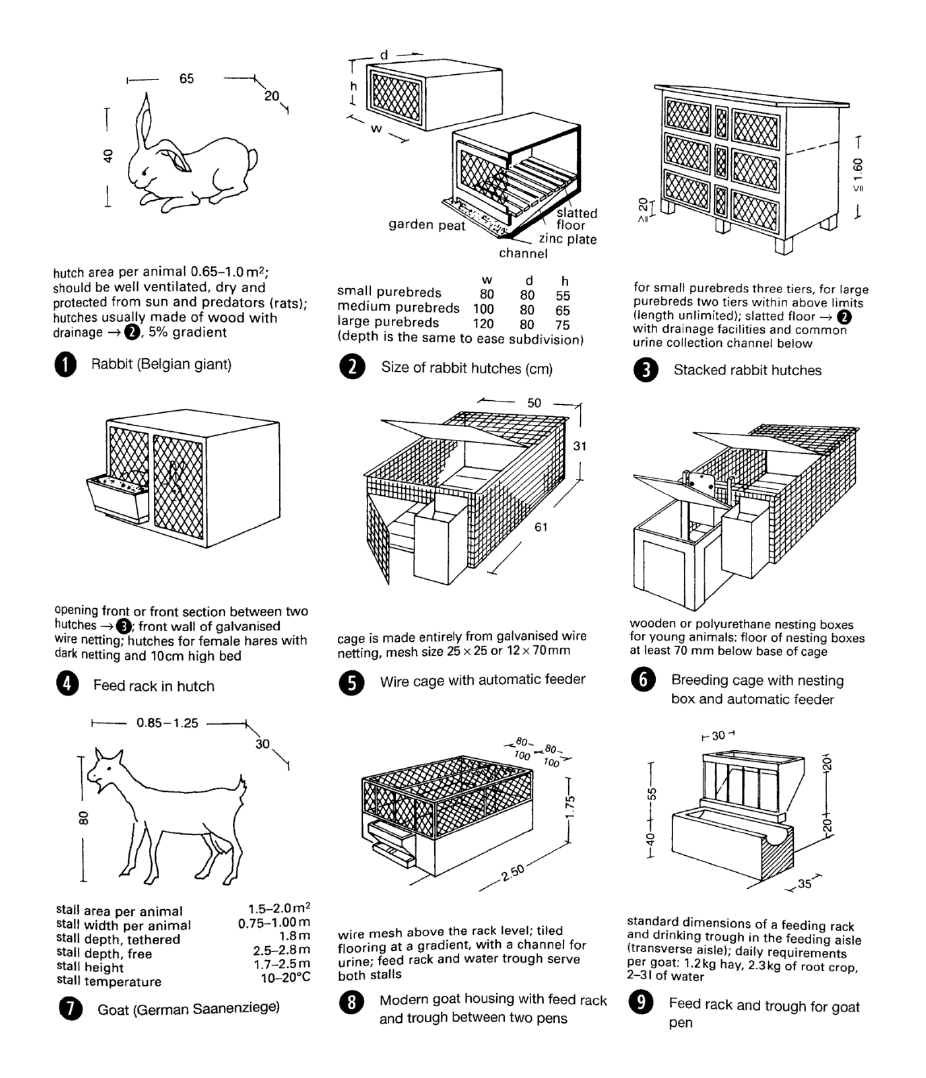
Ernst Neufert is often defended by historians as having been apolitical during his time working under the direction of Hitler’s principal architect, Albert Speer. But how could he be, when you see the measurements of chickens and ducks and the coops they are packed inside?
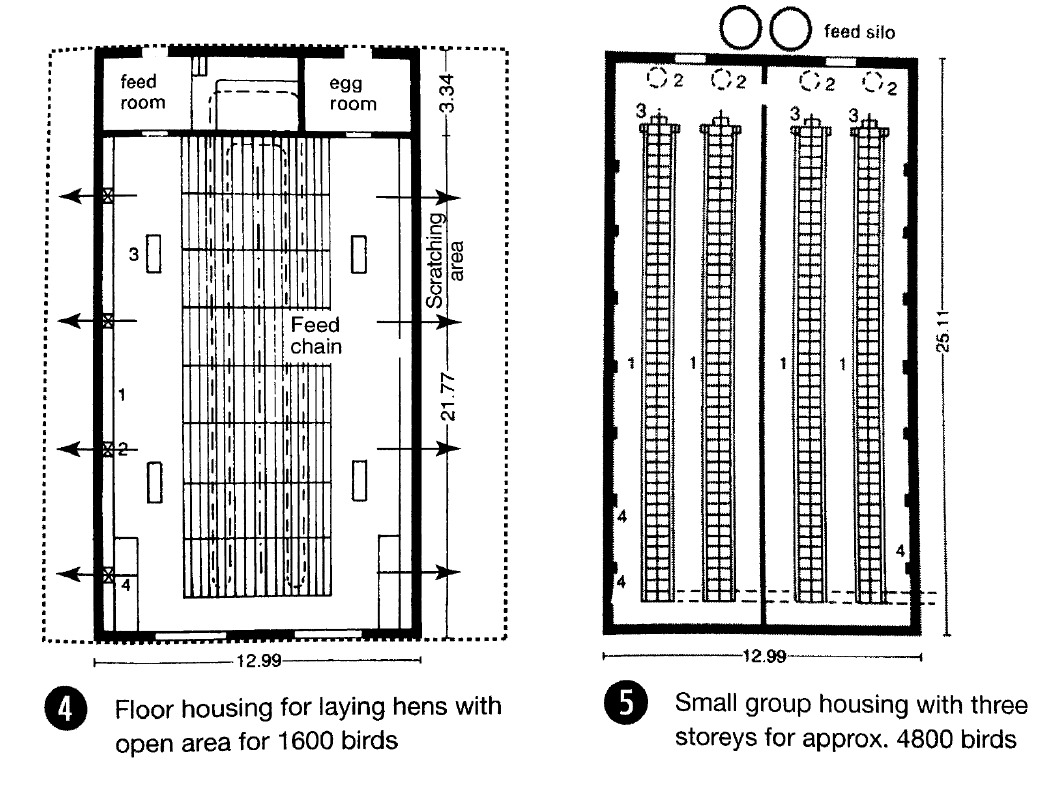
Neufert knew how many bodies fit into a chamber. Neufert knew how many bodies could be piled into a grave. Speer was the architect of the Third Reich, but Neufert was its reckoner.
Knowledge is only useful depending on one’s interest. The compaction of bodies in a room helps the firefighter as much as it helps the gas chamber operator. One rescues, one kills.
Data are simply data, Neufert might say. It’s conscience that plays God.
It makes me recall the story of a young chimp in Burundi that was taken from its mother and chained to a pipe by its neck in an abandoned shower. It was fed alcohol and kept as entertainment. When it was rescued and reunited with other chimps, it died shortly after of liver disease—though I believe the chimp also surely died of grief.
Take a body out of its cage, and it’s still a body. The cage is still a cage.
I listened to an interview with him recently. He sold the database. He runs a firm. He has his first fantastic building, somewhere in Norway. The interviewer asked him if it feels any different than his previous project.
“I feel still this tremendous search—not quite emptiness but closely related. Insatiable, I guess. Insatiable as ever. Yet still as insatiable as before.”
My first marathon I ran so hard my lungs stung, my legs quaked, and I collapsed. I felt as if I was suffocating. My body was furnace-hot, and before the EMT cupped my mouth with an oxygen machine, I felt the black settling in. It was the edge—it was the limit. I had closed my eyes. I had arrived.
When I turn off the interview, the ember of a tealight candle burns low.
I take the drawing with the measurements of my body and I light it, turning the paper to catch the flame. For an instant, the room is bright before I am peacefully alone, unknowable and immeasurable in the dark.
Images 1, 5: Used by permission from Dimensions.com.
Images 2, 3, 4, 6, 7: Neufert, Ernst. Architects' Data. Wiley-Blackwell, 2012.


